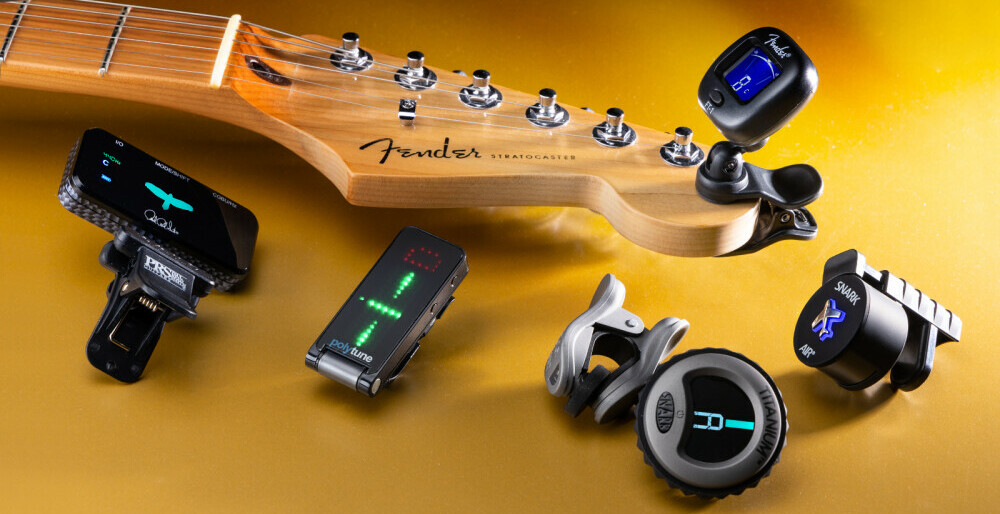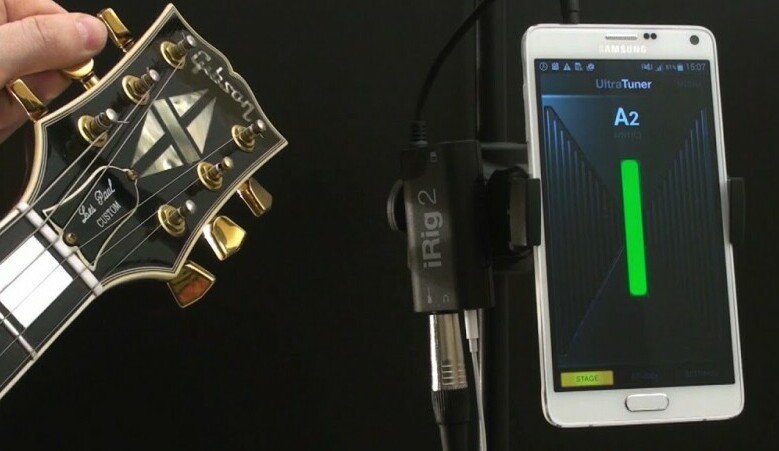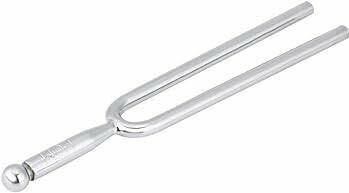You’ll learn about the basics of guitar tuning in any musician’s journey. This isn’t just about turning pegs and stretching strings; it’s also about ensuring your instrument conveys the music as you intend it to. Whether you’re strumming chords or shredding solos, tuning affects the harmony and the emotional impact of your playing.
Think of tuning as the foundation of a house. If that foundation is shaky, something will always seem off, no matter how beautifully the house is decorated. The same goes for guitars: if they’re out of tune, the notes won’t align, leading to dissonance. And dissonance, unless intentional, can be a musician’s worst enemy.
In my opinion, prioritizing guitar tuning is a hallmark of professionalism. It shows that you respect the music, your audience, and yourself as a performer. But it’s not just for the pros. All beginners should understand that their first chord will only sound sweet if their guitar is tuned correctly.
You can always adjust your approach down the road, but starting with good habits is vital. And one of those good habits is regular tuning. It’s a simple act, but it forces you to listen carefully and evaluate the tones you produce, training your ear from the beginning.
Now, let’s transition smoothly into the nuts and bolts of tuning, starting with the standard tuning system. This is your grounding in the music world, the default setting from which all variations are derived. It’s time to delve into the standard E-A-D-G-B-e and understand why this specific arrangement of notes has become the universal language for six-string crusaders.
Navigating the Norm: Standard Tuning Demystified
I will break down something fundamental and vital for every guitarist out there – standard tuning. Known by the sequence of notes E-A-D-G-B-e, from the lowest (thickest) string to the highest (thinnest), this arrangement is more than just a random assortment of pitches; it’s the most widely adopted tuning system that has stood the test of time.
Now, what’s the big deal with standard tuning? It forms the framework for countless songs across various genres. It’s the go-to for teaching, learning, and composing because it balances range and playability. If you’re a beginner guitarist, understanding standard tuning is like knowing the right ingredients for a classic recipe — it sets you up for success.

Each string in standard tuning corresponds to a specific note. The low E string is your bass foundation, while the high e string gives you those crisp, melodious highs. The A, D, G, and B strings make up the core range for chords and riffs. Remember, the ‘e’ of the high e string is lowercase to differentiate it from its lower-pitched counterpart, the E string.
By getting to grips with standard tuning, you’re preparing for almost any guitar-playing scenario. Need to strum along with friends? Ready to dive into tabs or sheet music? Standard tuning has got you covered. Now that you’ve got the basics of E-A-D-G-B-e let’s talk about how you will ensure your guitar hits these notes perfectly every time.
Choosing Your Tuning Companion: A Guide to Tuning Tools
I will introduce you to the myriad of tools you have at your disposal for keeping your guitar perfectly in tune. Now, you might be thinking, ‘Do I really need a tool to tune? Can’t I just use my ear?’ Well, that will include both options because having a reliable tuning tool is like having a trusty sidekick in your musical adventures.
First up, let’s talk about clip-on tuners. These gadgets are super convenient because you just clip them onto your guitar’s headstock, pluck a string, and get to tuning. They’re generally accurate and compact and can be used in noisy environments since they pick up vibrations directly from the instrument.

Pedal tuners are a staple for electric guitarists, especially during live performances. They’re built into your pedalboard and mute the signal while tuning, which is great for on-the-fly adjustments between songs.

Your smartphone might already be one of your most used tools for many tasks, and it can also help you tune your guitar. There are apps aplenty that use your phone’s microphone to gauge the pitch of your strings. They’re accessible and often free but can struggle in noisy places since they rely on sound rather than physical vibrations.

For the purists out there, the tuning fork remains the old-school choice. It requires a quiet environment and a good ear as you strike the fork and use the sound it produces to match the pitch of your strings. I suggest you gently touch the guitar’s wood surface with it to enhance the sound output

Choose something that resonates with you—pun intended. Whether you go for simplicity, accuracy, or tradition, there’s a tuner out there to suit your style. But don’t worry too much about picking the ‘perfect’ tuner. You can always adjust your approach down the road as your tuning skills evolve.
Developing Your Musical Ear: The Art of Tuning by Ear
I’m going to be very honest: there’s something magical about being able to tune a guitar by ear. It’s not just about getting the strings to the right notes but also training your ear to recognize when something sounds right. It’s a critical skill for any musician, and you can get pretty good at it with some practice.
You start with one string that you know is in tune. Then, you’ll use it to tune the others. The most common method involves using the 5th fret. Here’s how it’s done: Press down the low E string (6th string) at the 5th fret, and it’ll give you an A note, which is what the following string should sound like when played open. You can then adjust the second string, and so on, until each string is in harmony with the others. The only exception is for the B string, where you must press down the G string (3rd string) on the 4th fret corresponding to a flat B note to the 5th string, B.
This isn’t just about avoiding electronic devices; tuning by ear sharpens your musical intuition. Regularly practicing this method will improve your pitch recognition, which is incredibly valuable in both live performances and songwriting.
However, don’t worry too much about mastering this overnight. Tuning by ear is something that takes time to develop. Start with an electronic tuner, learn the sound of each note, and how slight adjustments affect the tone. Gradually, you’ll rely less on the tuner and more on your ear.
A well-tuned guitar by ear signifies a player’s dedication and musical maturity. So, choose something that resonates with you, be that a standard approach or something more tailored to the unique sound you’re after.
Mastering Precision: Harnessing Electronic Tuners & Exploring Advanced Tuning
So you’ve got the basics down and are comfortable with standard tuning. But believe me, there’s a whole world beyond the basics. When it comes to guitar tuning, the journey from good to great involves harmonics and a foray into advanced techniques.

Now, what about when you feel like coloring outside the lines? Alternate tunings like Drop D, Open G, or DADGAD can open up new dimensions of sound. They’re not just for playing around; they’re essential for specific musical styles and can inspire you to create something truly unique.
And for those with a flair for detail, advanced tuning techniques await. This isn’t just about getting the right pitch – it’s also about understanding harmonic tuning, the effects of using a capo, and the intricacies of fine-tuning string intonation. These are skills that can take your musicianship to the next level.
Guitar tuning isn’t a mundane chore; it’s the cornerstone of your musical expression. Whether you’re a beginner or a seasoned pro, there’s always room to refine your tuning skills. Remember, your guitar is an extension of your creative voice, and keeping it in tune means you’re always ready to play your best. So embrace the process, explore new techniques, and let every note you play be a testament to your dedication.
Feel free to leave a reply in the form below.
